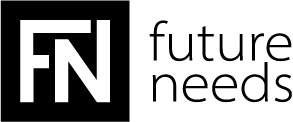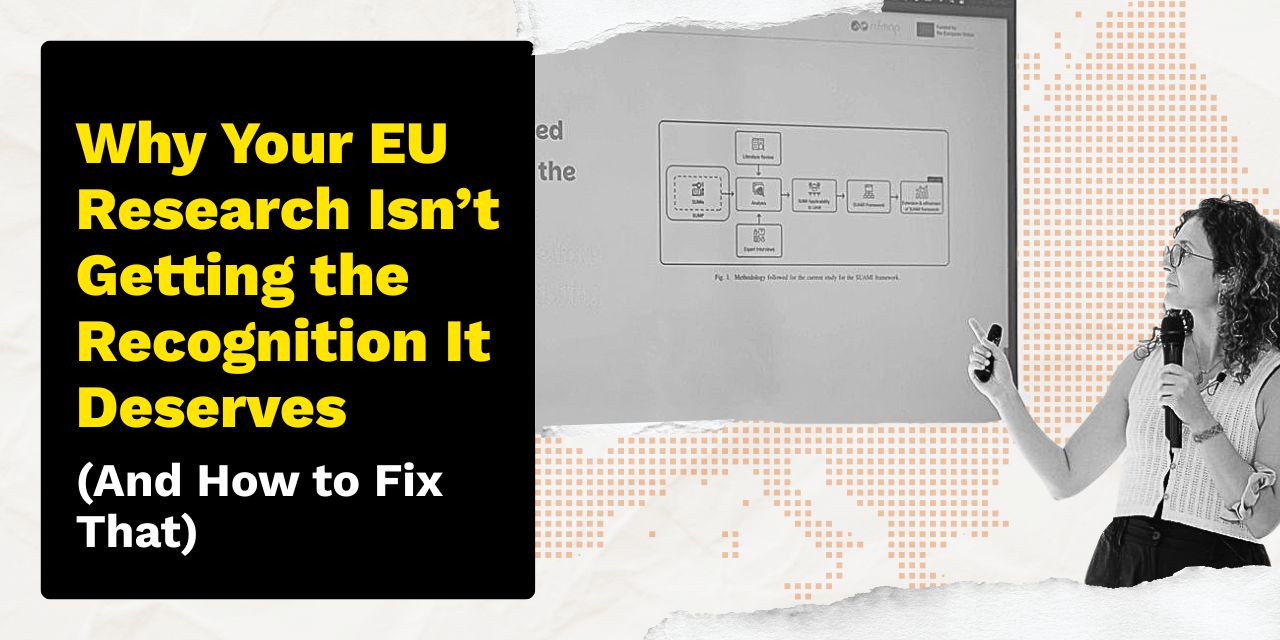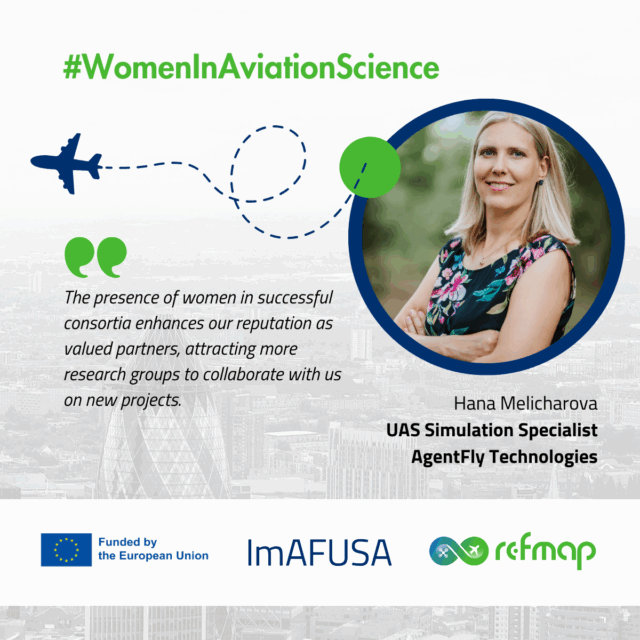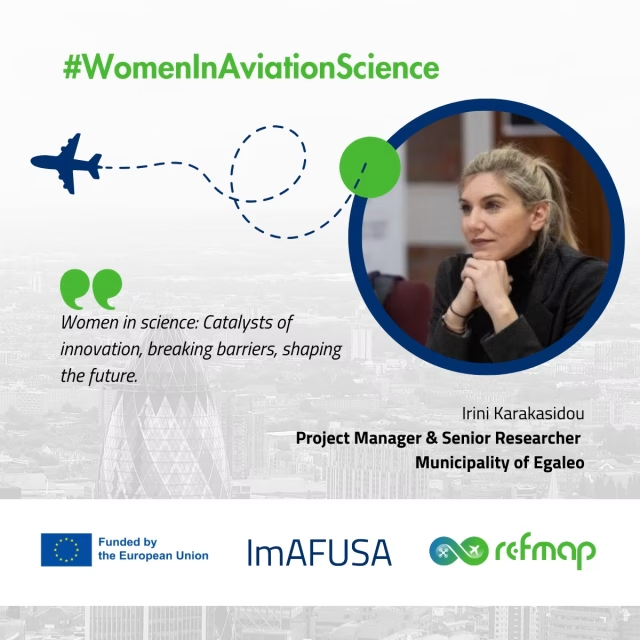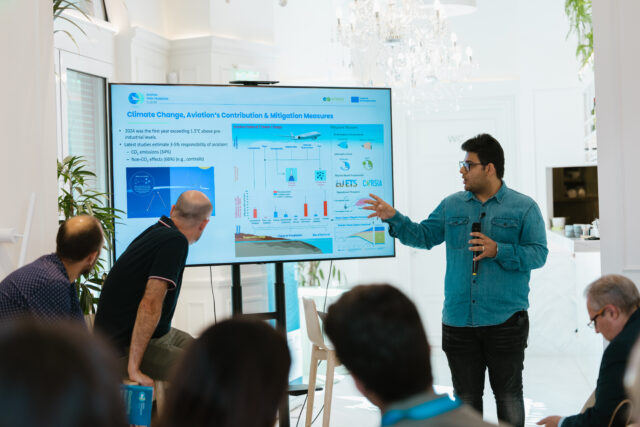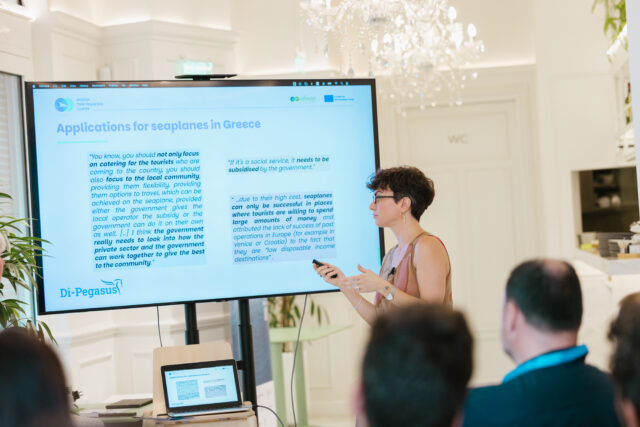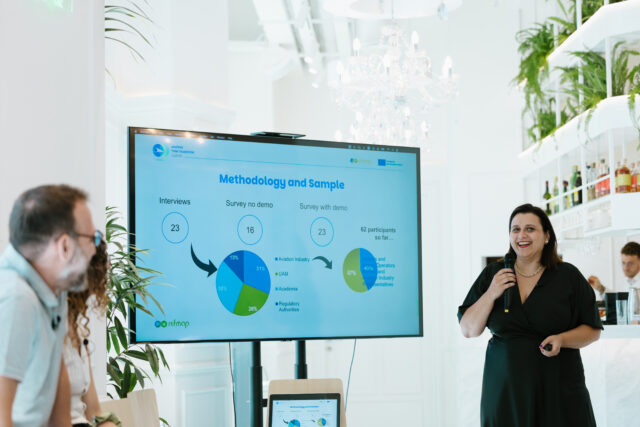After supporting dozens of Horizon Europe and other EU-funded research projects, at Future Needs we’ve seen a common thread: incredible science struggling to make the impact it deserves.
Why?
Because brilliant research is failing to generate the recognition, funding, and career opportunities researchers deserve. Many researchers are told research visibility is “important.” But what does that mean beyond fulfilling a work package requirement?
What makes research visibility actually drive career results?
In this article, we’ll explore 5 recurring mistakes we’ve observed in EU-funded projects and share practical ways to avoid them, based on real-world examples that transformed projects into funding magnets.
1. Assuming the work speaks for itself
Many researchers believe the quality of their work automatically leads to recognition, funding, and career advancement. This mindset is costing researchers funding opportunities, partnerships, and career advancement.
No matter how groundbreaking your research is, it won’t drive career results if your intended audiences can’t understand it. Strategic visibility is about translation, turning complex ideas into stories that engage policymakers, businesses, citizens, and other researchers.
Real-World Example: ImAFUSA – Research That Speaks to Citizens
In the ImAFUSA project, researchers ran a large-scale social experiment in Athens to test how real drone flights impact citizens’ perceptions of urban air mobility. Instead of abstract surveys, participants experienced the technology firsthand, sharing their reactions before and after exposure to drone noise and movement.
To transform the ImAFUSA project into accessible content for the general public, Future Needs documented the entire process and produced an explainer video featuring the researchers behind the work. The result translated a complex, technical experiment into a clear, emotionally resonant story, bridging the gap between science and public understanding.
Takeaway
Don’t just share data, share meaning. Partner with communication professionals who can help you craft accessible, audience-specific messaging across formats like videos, infographics, and story-driven articles that drive funding and recognition.
2. Delaying Visibility Until the Project Ends
Some research teams wait until Month 30 of a 36-month project to start building visibility. By then, most opportunities to secure follow-up funding and high-value partnerships have already been lost to other researchers who started early.
The most successful projects start communicating at Month 2 or Month 4, and build their competitive advantage steadily over time. They treat strategic visibility as an ongoing process, not a final report.
EU projects are measured in milestones. Waiting until the end means you’ve already missed M4, M17, and other key moments to position yourself for future funding.
Real-World Example: RefMap – Early Visibility & Research-in-Progress Strategy
In the RefMap project, strategic visibility started early, with Future Needs conducting interviews with project partners to highlight their expertise, roles, and contributions. These were shared through the project website, creating competitive positioning well before final results were available.
Takeaway
Don’t wait for polished results. Building visibility around your research process, while it’s unfolding, creates competitive advantage, momentum, and positions you as a thought leader for future funding.
3. Treating Visibility as Admin
In some projects, research visibility is handed off to a team member or intern with no background in strategic science communication.
The result?
Low-impact content, poor use of channels, and missed opportunities to engage the stakeholders who control funding and career opportunities.
Strategic visibility isn’t just posting on LinkedIn. It’s a competitive process that requires the same level of strategic focus as your research methodology. When properly resourced and led, research visibility becomes your competitive advantage for securing funding, partnerships, and career opportunities.
Real-World Example: RECONMATIC Circular Construction Cluster
In this project, we didn’t just post updates, we built an entire cluster of organisations aligned around circular construction. This strategic approach turned communication into coalition-building, expanding the project’s reach and stakeholder buy-in while positioning partners as industry leaders.
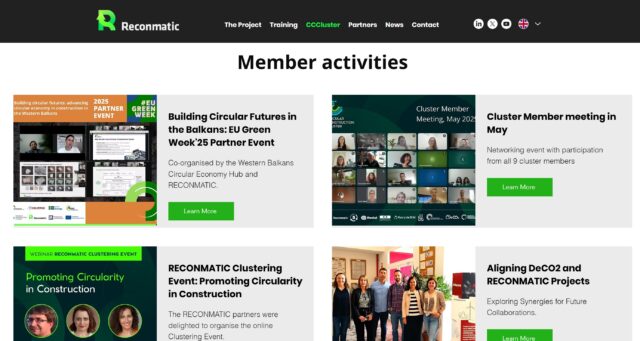
Takeaway
Invest in a skilled strategic communication partner. You wouldn’t hand your data analysis to someone without experience. You must treat research visibility with the same strategic focus. Your career depends on it.
4. Overlooking the human story behind the research
Research visibility is often reduced to facts and figures. But research is fundamentally human: it’s about solving real problems, facing real challenges, and collaborating across boundaries.
When researchers avoid the human side of their work, they miss out on emotional connection, arguably the strongest driver of attention, memory, and funding decisions. People don’t remember charts. They remember stories. If your research visibility isn’t relatable, your funding prospects are forgettable.
Real-World Example: Women in Aviation Campaign – ImAFUSA & RefMap
In both the ImAFUSA and RefMap projects, Future Needs launched a campaign spotlighting the women driving innovation in aviation. Through a series of interviews, we highlighted their expertise, perspectives, and roles, putting real people at the center of complex research.
This approach humanized the work, brought visibility to underrepresented voices, and created authentic engagement with new audiences. It also complemented recruitment efforts by showing the human side of the team behind the vacancies, turning research projects into talent magnets.
Takeaway
Facts inform, but stories secure funding. When you make the people behind the project visible, your work becomes more relatable, memorable, and magnetic to funders and collaborators.
5. Underestimating the value of a research visibility partner
Too often, research visibility is seen as a burden, something to assign to a coordinator or admin. But in the most successful projects we’ve led, strategic visibility was seen as a competitive advantage.
Strategic partners bring the competitive intelligence, audience insights, and positioning expertise that transform research into career currency. They dramatically amplify your project’s visibility and perceived value among the stakeholders who control funding and opportunities.
Real-World Example: Networking Event for Europe’s Aviation Research Community
Beyond day-to-day communication, Future Needs also organises and runs high-impact events that convert visibility into relationships. In July 2025 we organised the Aviation Twin Transition Clustering Event in Athens: two focused days that brought together almost 50 experts from multiple EU projects to compare tools, align narratives, and network for follow-on collaboration.
If your consortium needs a neutral convener to connect projects, stakeholders, and funders, we can plan and facilitate the entire experience end-to-end.
Takeaway
Strategic visibility done well doesn’t just check a box, it opens funding doors and accelerates careers.
Research Visibility is Your Career Multiplier
Research visibility isn’t about flashy videos or generic tweets, it’s about competitive positioning. It’s about showing the world not just what you’ve done, but why it makes you the obvious choice for the next funding round.
By avoiding these five visibility mistakes and partnering with strategic communication experts, researchers transform their projects into funding magnets, collaboration catalysts, and career accelerators.
Ready to transform your next project into a funding magnet and career accelerator?
Book a 30-minute strategy call to design your competitive visibility advantage for maximum funding success.
Follow Future Needs on LinkedIn to stay informed about the latestHorizon Europe and Erasmus+ developments and subscribe to our newsletter for expert highlights from the EU research and innovation landscape, delivered straight to your inbox.
Frequently Asked Questions (FAQ)
1. How does strategic research visibility drive EU funding and career outcomes?
Strategic visibility targets audiences that control funding and career opportunities: policymakers, industry leaders, and other researchers who can amplify your work. Unlike basic communication, strategic visibility positions you as the go-to expert in your field, making you the obvious choice for future funding and partnerships.
2. Why do the most successful researchers start building visibility in Month 2?
Starting early helps you build competitive advantage, stakeholder relationships, and funding pipeline over time. Early visibility allows you to share insights as they emerge, positioning you as a thought leader rather than just another project completing at Month 36.
3. Which visibility channels deliver the highest ROI for research careers?
A strategic mix works best:
- Project websites and LinkedIn for professional positioning
- Newsletters and videos for stakeholder engagement
- Scientific journals and open-access repositories for academic credibility
- Industry events and conferences for partnership opportunities
- Strategic clusters and stakeholder networks for funding intelligence
What matters most is matching the message to the audience and starting early to build competitive advantage.
4. How can I support strategic visibility if I’m not a communications expert?
Be present in the process. Share your research challenges, breakthrough moments, and strategic insights with your visibility partner (communication and dissemination leader). They’ll handle the strategy, content, and positioning, but your input ensures the story drives real career results and funding opportunities.
5. What should I look for in a strategic communication partner?
Choose a partner with:
- Proven track record in programmes like Horizon Europe, Erasmus+, and similar funding schemes
- Strategic positioning and narrative communication expertise
- Deep knowledge of programme-specific requirements and funding landscapes
- Demonstrated success in stakeholder activation through interviews, videos, clusters, and thought leadership campaigns
- Understanding of how to transform research into career currency
6. What happens if research visibility is poorly done or ignored?
Your project may miss funding opportunities, fail to reach decision-makers, lose competitive positioning, and struggle to secure follow-up funding. Poor visibility is career limiting. Brilliant research that stays invisible doesn’t advance careers or secure future opportunities.
7. Is storytelling really necessary in scientific communication?
Absolutely. Even the most technical audiences, including funding committees, respond more to human stories than raw data. Storytelling makes your research relatable, understandable, and memorable across sectors. More importantly, stories create emotional connection, which drives funding decisions and career opportunities.
About the authors

Georgia Nikolakopoulouk is Head of Dissemination at Future Needs, leading dissemination activities across 7 active EU-funded projects. With a strong background in UI/UX design and communication, she ensures effective outreach and engagement through high-quality materials and strategic planning. Georgia has contributed to more than 10 H2020 and FP7 projects in sectors including Education, Health, and Artificial Intelligence. Email Georgia at georgia@futureneeds.eu.

Egle Joneliunaite is a Communication and Dissemination Manager at Future Needs, leading social media and marketing activities for both projects and the company. She brings nearly 10 years of experience in communication and digital marketing. Passionate about sustainability, Egle also currently leads communication and dissemination efforts for the RECONMATIC project. Email Egle at egle@futureneeds.eu.
